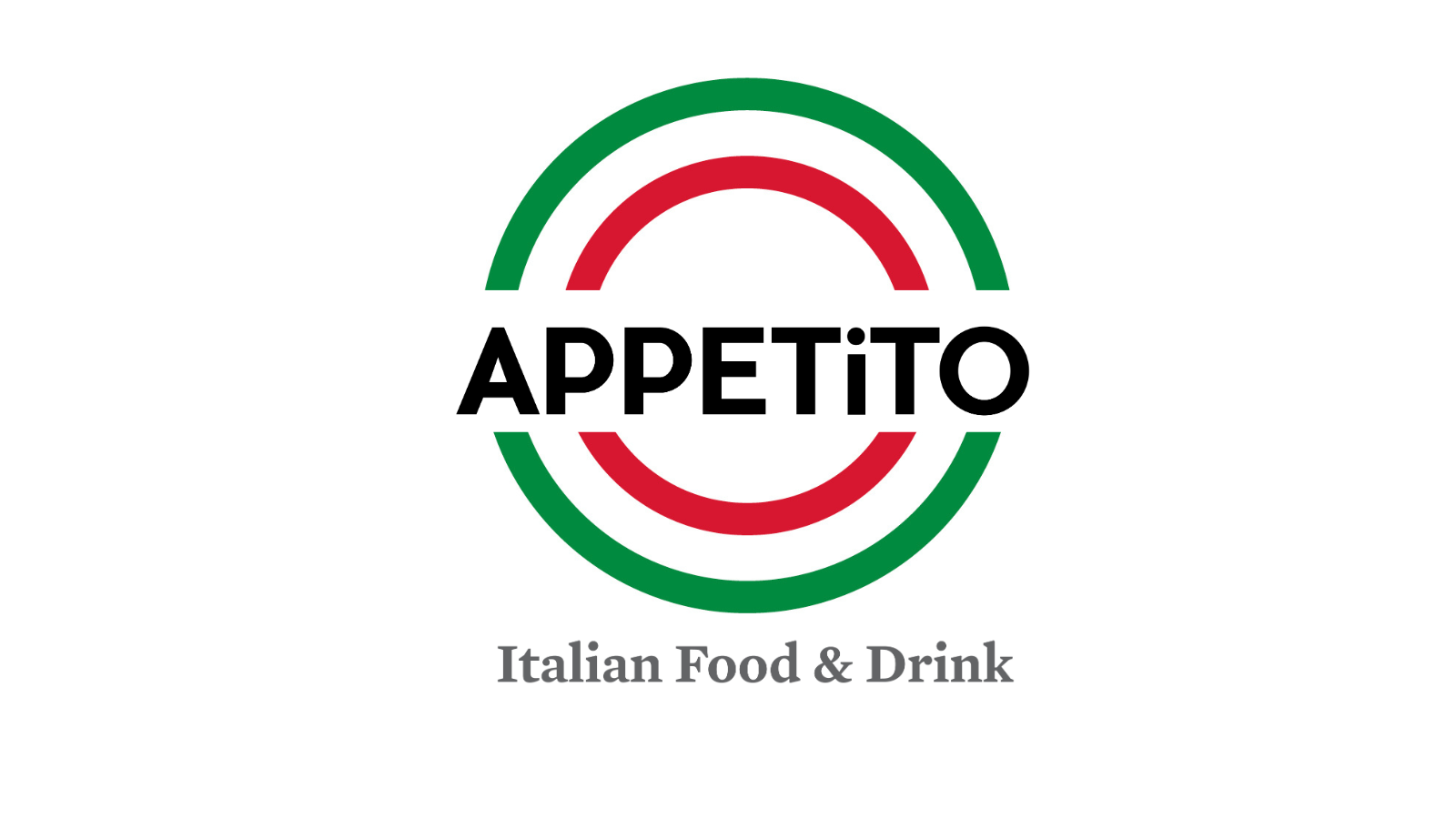With its mouthwatering food, Rome is a gastronomic heaven. But with so many specialties to choose from, it can be a challenge deciding what to eat while in the Eternal City. To help us navigate its wide selection, Chef Gian Piero Fava is sharing his five must-try dishes when in Rome. A local himself, he's renowned for his artful preparation of traditional Roman cuisine. He's also the Executive Chef at Casina di Macchia Madama and a regular guest on È Sempre Mezzogiorno, a popular daytime cooking show in Italy.
Chef Fava explains that these dishes exemplify traditional Roman cuisine, which he describes as cucina povera (poor cuisine). The key to this style of cooking is the use of a few quality ingredients that deliver plenty of flavor. And not only did Fava share his top picks with us, he's also explained the significance behind each dish. So after reading this guide, you'll be ready (and eager) to conquer Rome’s culinary scene!
Supplì
Chef Fava tells me that no stroll through the streets of Rome's historic center would be complete without stopping to taste authentic Roman supplì. A cousin of the famed Sicilian arancini, these deep-fried rice croquettes feature a distinct oblong or conical shape. Though both share a similar preparation, the Roman version tends not to include meat ragù. Instead, it features a simple tomato sauce and mozzarella. The end result is a crispy exterior with an ever so gooey interior. And I'm sure after giving these a try, you'll know why Fava describes them as the par excellence of Roman street food!

Photo courtesy of Michela Fabretti.
Carbonara
Carbonara is without a doubt one of Rome's most iconic dishes. Describing it as "a true work of art," Fava says that along with amatriciana and gricia, it's the queen of Roman first courses. Using guanciale, egg yolks, Pecorino cheese, and black pepper, pasta alla carbonara is nothing short of comfort food. It offers a certain level of richness despite its use of few ingredients. And though it seems easy to prepare, Fava shares that finding the perfect balance to make each ingredient shine is complex. As mentioned earlier, this is, in fact, a hallmark trait of Roman cuisine. So, whether or not you've been to Rome, if you've yet to taste this classic, don't delay any longer!

Maritozzi
You'll be hard-pressed to find a bar in Rome that doesn't serve maritozzi. These sweet brioche buns are a classic choice for breakfast. Fava shares that the origins of this leavened delight date back to ancient Rome. Thanks to its high protein content and the addition of dried fruits, this humble brioche offered sustenance to farmers after many hours working in the fields.
He tells me that its popularity later changed when it became a vessel for marriage proposals. Its sweetened whipped cream filling was the perfect place to hide an engagement ring. This would also explain the name maritozzo, a derivative of the Italian word marito (husband). And while they’re normally served in a sweet preparation, Fava suggests you also give the savory versions a try.

Carciofi alla Giudia
Chef Fava says that everyone should taste carciofi alla giudia. Born as a fusion dish, these Jewish-style artichokes date back to the 16th century and exemplify a marriage of cultures. Today it's a mainstream antipasto in Rome, found on menus in every trattoria across the city. Resembling flowers, they're twice fried, resulting in a golden-brown color and super-crispy texture. This preparation means the petals are crunchy like potato chips, while the hearts remain soft and tender. A visit to Rome wouldn't be complete without trying these and the many other artichoke dishes this city has to offer.

Vignarola Unheard of by most tourists, vignarola is a classic Roman vegetable dish. Fava describes it as a springtime hymn with peasant origins. Made with the freshest ingredients, he says this dish is emblematic of his own cooking style, which emphasizes seasonality. A vegetable stew of sorts, it encapsulates the bounty of the Roman countryside. It includes fava beans, peas, lettuce, and artichokes. And in true Roman fashion, many versions include the addition of guanciale. Whether you enjoy it as an antipasto or as a main dish, this is a must-try when visiting the Eternal City.








